Employee Job Offer Letter Template for Professional Hiring
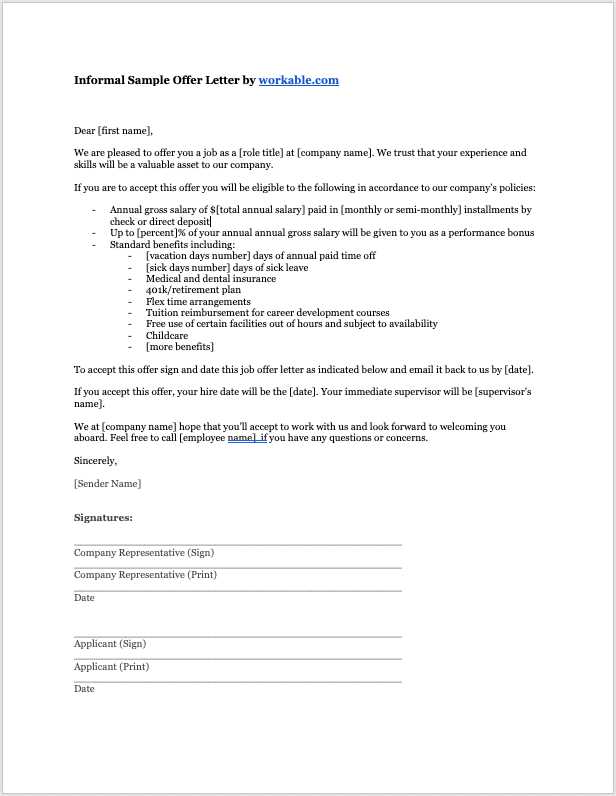
Creating a formal document that communicates the terms of a new position is an essential part of the hiring process. This document serves as an official introduction, outlining the role, expectations, and compensation. It’s important to ensure clarity and professionalism to set the right tone from the start. Below are key insights into drafting a comprehensive and effective proposal for a new hire.
Core Elements to Include in Your Document
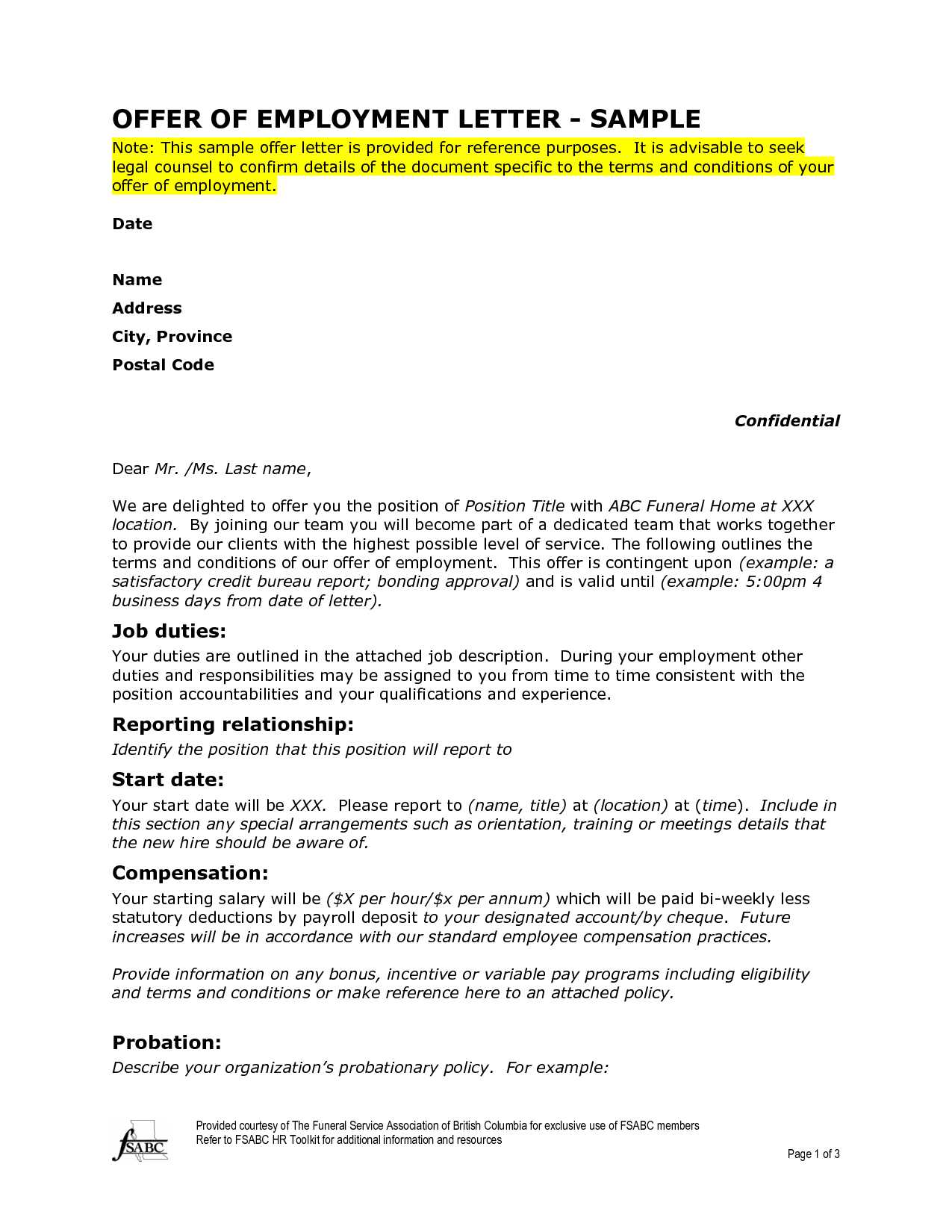
When drafting such a document, there are several vital components to cover:
- Introduction: A brief overview of the role, company, and the individual’s potential future with the organization.
- Position Details: The specific responsibilities, reporting structure, and expectations of the role.
- Compensation and Benefits: Clear details about salary, bonuses, benefits, and any other perks offered.
- Working Conditions: Information on office hours, location, and remote work policies if applicable.
- Legal Terms: An explanation of the terms and conditions of employment, including confidentiality and non-compete clauses.
Why Customization Matters
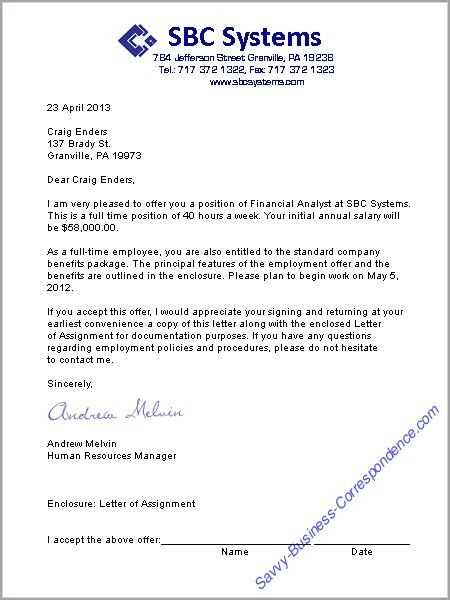
Each offer should be tailored to fit the specific role and the candidate’s situation. Personalizing the document can help ensure that both the employer and the new hire are aligned on expectations and agreements. Customization also makes the proposal feel more engaging and shows the candidate that their unique qualifications have been recognized.
Avoiding Common Mistakes
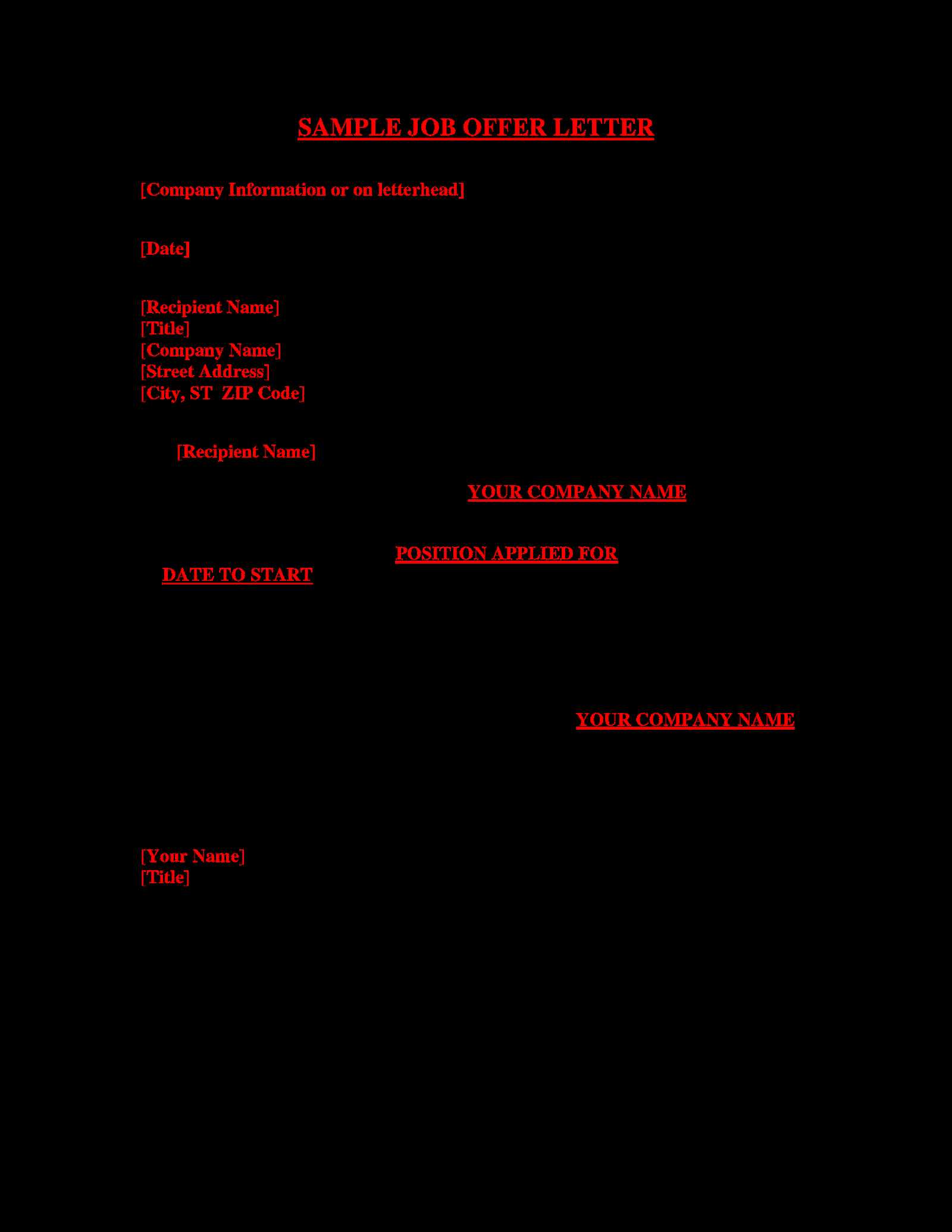
When preparing this important communication, avoid the following mistakes:
- Vague or unclear descriptions of the role.
- Failure to include key details like compensation or benefits.
- Using overly complex or legal jargon that could confuse the recipient.
- Not addressing the potential candidate by name or recognizing their qualifications.
Final Thoughts on Drafting a Solid Proposal
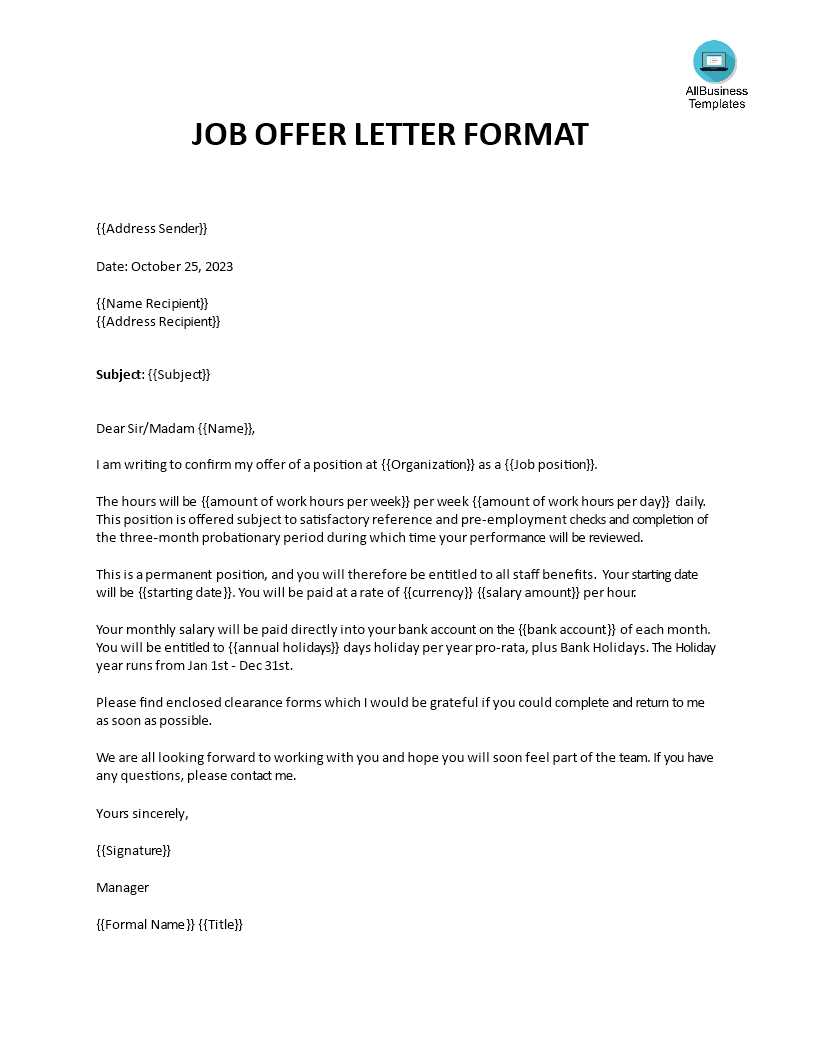
Taking the time to create a clear and well-structured document will go a long way in fostering a positive relationship with your new hire. A professional proposal helps set the right tone and shows that you value the individual and are excited about their potential contribution to the company.
Understanding the Employment Proposal

Creating a formal document for new hires is a crucial part of the recruitment process. This essential communication outlines expectations, compensation, and role responsibilities, ensuring both parties are aligned before the position begins. By understanding the key elements of such a document, you can craft a professional and clear proposal that meets both legal and organizational standards.
Key Components of a Professional Proposal
The structure of this document should include the following critical details:
- Introduction: A welcoming message to the candidate, explaining the position and its significance to the organization.
- Role Description: A concise explanation of the duties and responsibilities expected from the individual.
- Compensation: Clear terms regarding salary, bonuses, and any additional benefits.
- Terms of Employment: Specific conditions such as work schedule, location, and any remote work policies.
- Legal Clauses: Details about confidentiality, non-compete agreements, and other legal matters.
How to Build a Professional Proposal
To create a successful document, ensure it is personalized for the role and the individual in question. Start by providing all essential information in a straightforward manner. The layout should be simple, with sections that are easy to navigate. Use formal language that reflects the professionalism of your organization, and ensure it is error-free and consistent throughout.
Customizing Documents for New Hires
Customization is key to making the candidate feel valued. Tailor the content to reflect their unique qualifications and how they align with the organization’s needs. A personalized approach fosters a positive first impression and encourages the candidate to engage with the terms offered.
Common Mistakes to Avoid
Be mindful of these common pitfalls when preparing this document:
- Using unclear or vague language that leaves room for misinterpretation.
- Excluding important details like compensation and benefits.
- Including excessive legal jargon that might confuse the recipient.
- Failing to acknowledge the candidate’s strengths and achievements.
Legal Considerations
Ensure that the document complies with relevant employment laws and regulations. This includes addressing any contractual obligations, outlining the rights and responsibilities of both parties, and ensuring that the terms are legally binding. Proper attention to legal requirements protects both the organization and the individual involved.